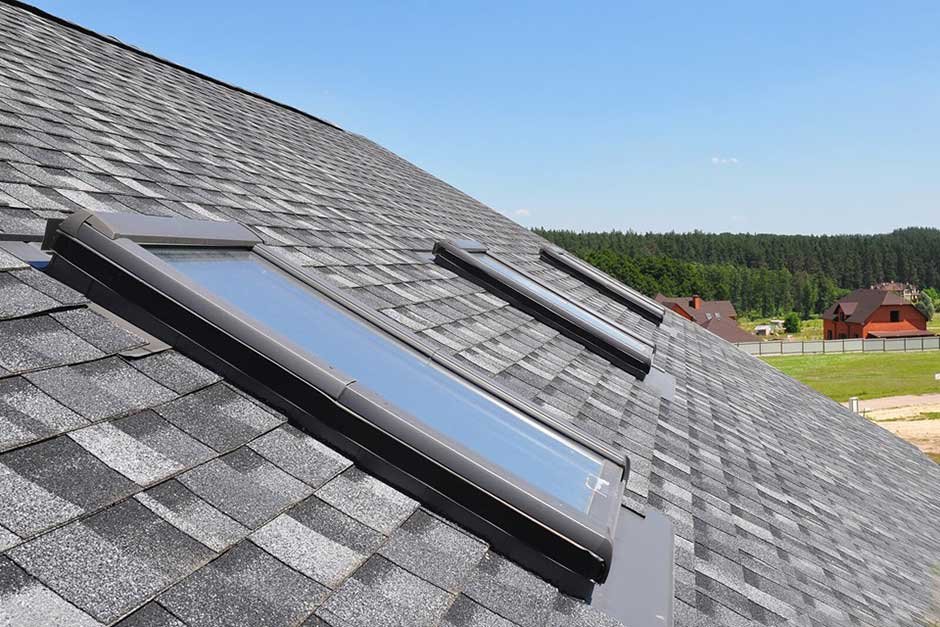Skip to the good bit
ToggleThe use of skylights can change the dynamics of space with natural light, improve the air exchange of the room and provide a new decor element. These allow you to refresh a room, save on energy bills, or admire the view up from within the four walls. However, planning and proper installation are important if one is to get the most out of them. In this article, we will guide you on all about skylight installation, from the selection to the installation process itself.
Types of Skylights
There are many types of skylights available on the market, and knowing the most appropriate one for your room will depend on things such as the use of the room, the construction of the roof, your tastes, etc.
Fixed Skylights
These fixed skylights do not open. They are good light sources such as attics, corridors, and living rooms, where ventilation is not needed.
Ventilated Skylights
This option opens and closes, providing additional light as fresh air flows in. It is best used in bathrooms and kitchens, as these are usually humid places that need some air circulation.
Tubular Skylights
These small units are ideal in areas with little roof space or small buildings. They bring in natural light through an opening on the roof and reflect it through a tubular shaft. They are ideal for hallways, closets, and small washrooms.
Professional Installation vs. DIY
While taking the matter into your own hands may be cheaper, attempting to install a skylight involves a skill set, knowledge and expertise in order to avoid incidents such as leaks, structural damage and faulty installation. The following outlines the difference between the two methods:
DIY Installation: If you are skilled at home improvement tasks and have the tools needed for partial self-installation, you can save some cash. If the skylight is not properly sealed, address concerns such as water leaks or inadequate insulation.
Professional Installation: Contacting an installation professional greatly reduces the chances of poor work, such as leaks and physical damage. Additionally, the majority of contractors stand by their work and provide a warranty to make the customer even more comfortable.
Important Factors to Be Considered Before Installation
Location:
The location of your skylight will determine how well it functions. Skylights that face the north give consistent light, including the wide angle, since there is an even distribution of light during the whole day. The southern ones, on the other hand, give in lots of light during the day but may be hot. The eastern ones allow the sun to be in the morning, and the western ones will enable the sun to be in the evening.
Type of Roof:
The angle of the roof, surprising as it may seem, and the materials used for the roof will determine the size and type of the skylight to be fitted. Therefore, it is important to check whether there are supporting structures for its installation or if any alterations will be needed.
Weather Conditions:
Skylights need to withstand the local climate. For instance, an external skylight can be made of heated tempered glass or non-heated acrylic, depending on the geographic region and whether rain, snow, or strong winds will be experienced.
Conclusion
It is evident that skylights are great complementary features in the house as they contribute to the improvement of comfort, energy supply efficiency and style aesthetics. If you choose the appropriate type of skylight, install it the right way, and keep it in order, you will be able to benefit from daylight and fresh air for long. From a simple tubular skylight for hallways to a large ventilated skylight for your kitchen, all it requires is proper evaluation and planning, and the skylight installation will be up to your expectations.







